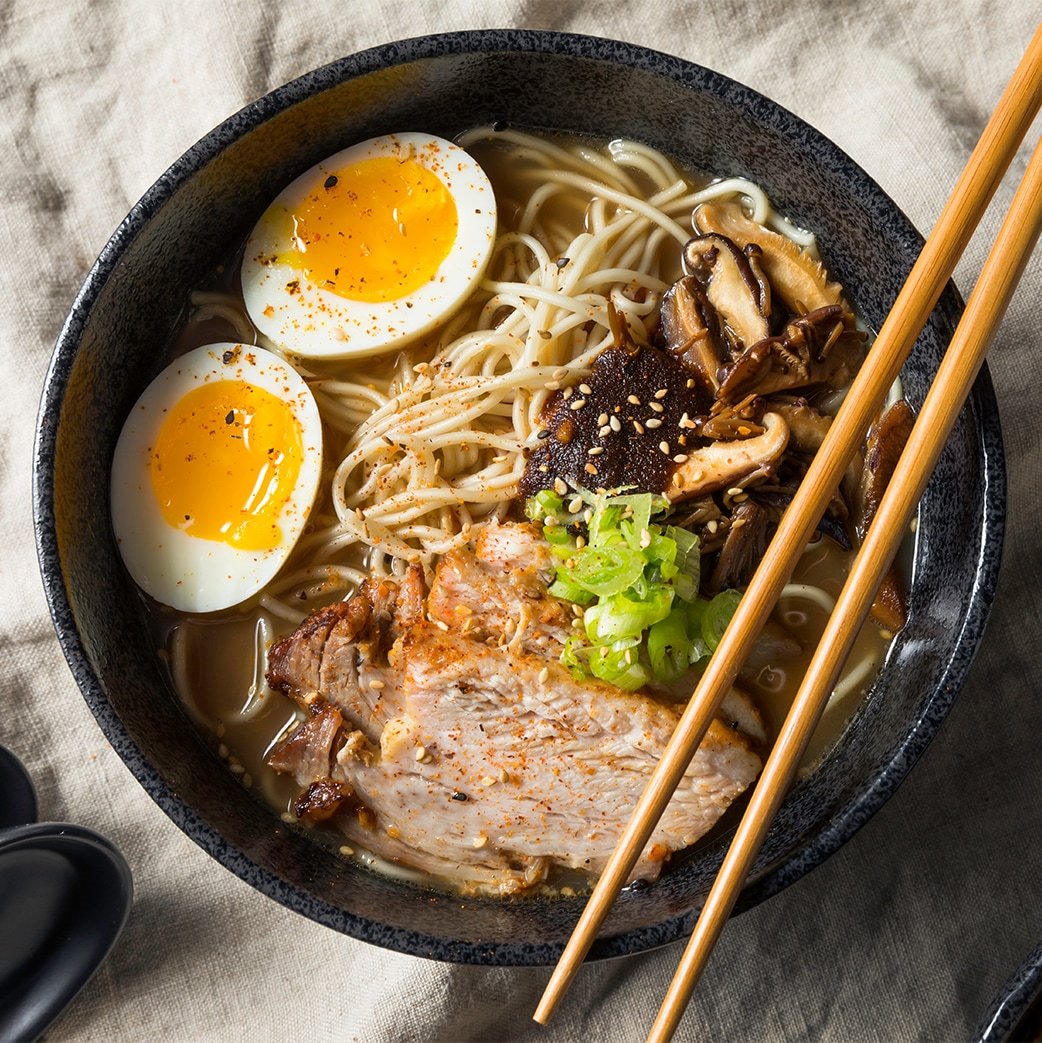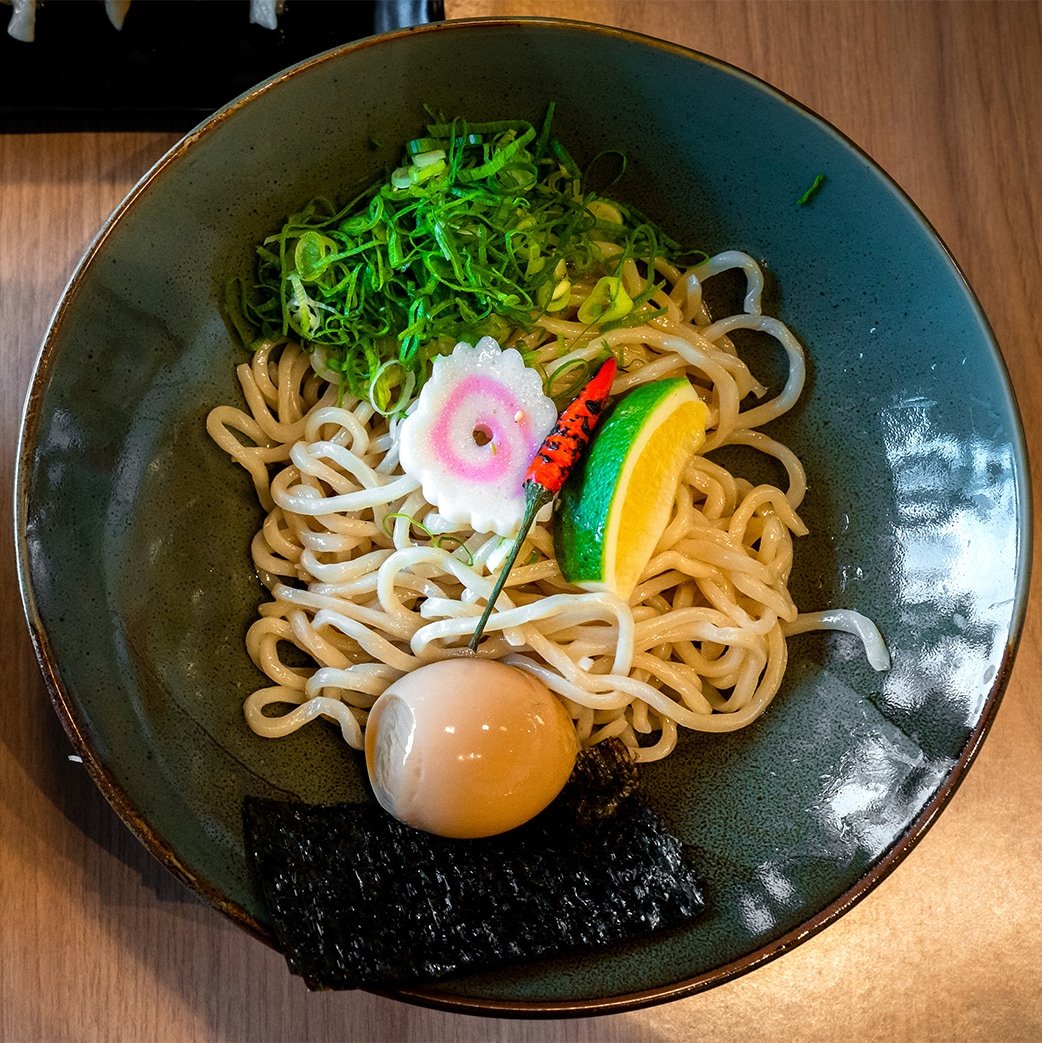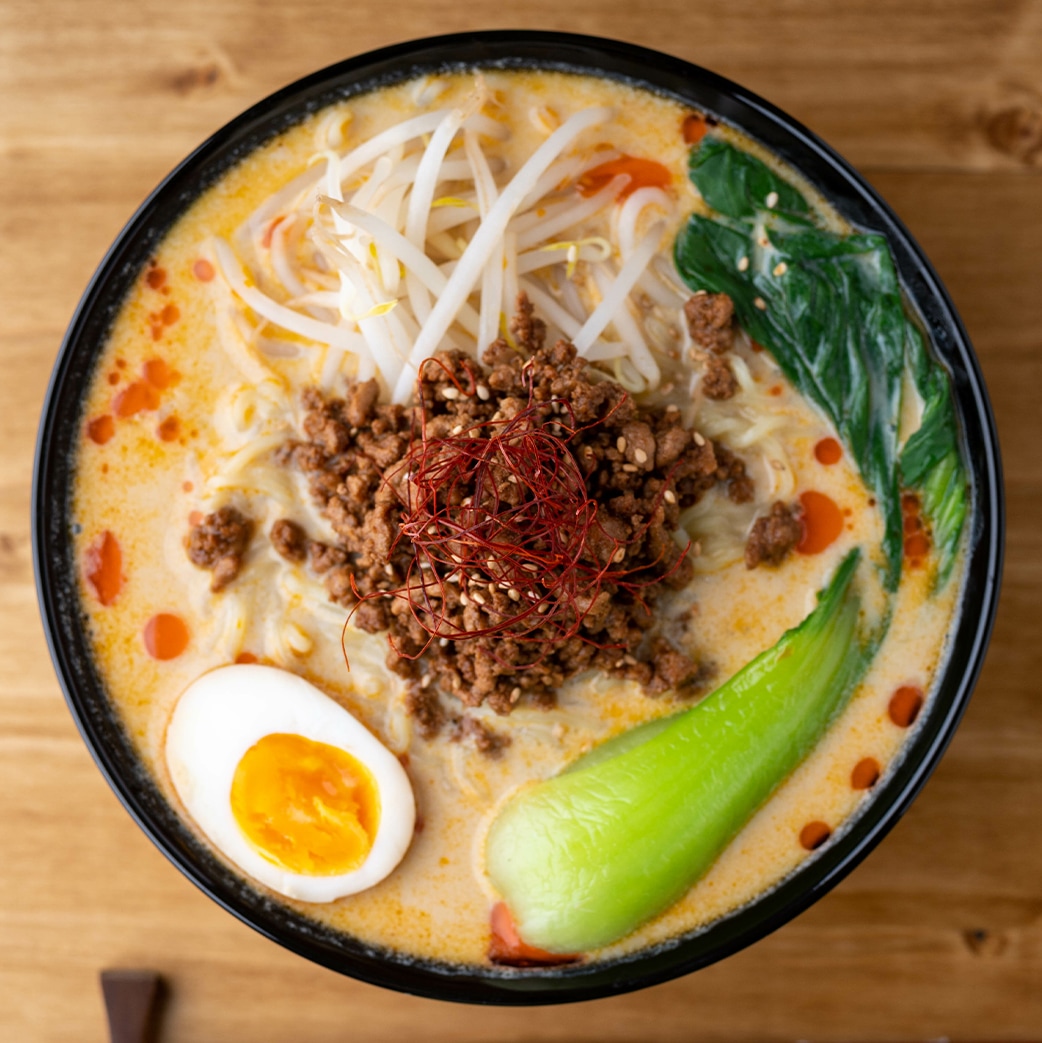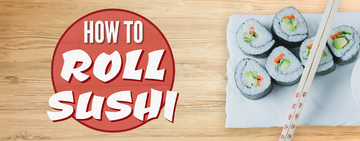Ramen, a beloved Japanese dish, is a global sensation celebrated for its rich flavors and diverse variations. This comforting bowl of noodles is a carefully crafted blend of textures and tastes, making it much more than a quick meal. Ramen consists of a flavorful broth, chewy wheat noodles, and an array of toppings that add a unique touch. There are several distinct types of ramen, each rooted in regional traditions and ingredients. Exploring these varieties reveals the depth and versatility of this iconic dish.
What Is Ramen?

Ramen is a popular Japanese noodle dish that consists of long noodles, savory broth, and a range of delicious toppings such as fish cakes, nori, and menma. Though ramen originated in China, it spread to Japan and became mainstream thanks to food carts throughout the cities. Soon, each region began developing its distinct style to accommodate specific palates and local foods. Today, ramen can be found in specialized ramen shops, street vendors, casual eateries, and high-end restaurants globally.
Types of Ramen Noodles
The noodles used in ramen are wheat-based and come in various thicknesses and textures. Each type uniquely complements the broth and toppings. Some common ramen noodle types include:
- Udon: The thickest ramen noodle type made from wheat flour, water, and salt.
- Soba: Thin, firm ramen noodles made with buckwheat flour.
- Somen: Thin-cut wheat noodles, often served cold and paired with a dipping sauce.
- Shirataki: Pale, translucent noodles made from konjac yam.
- Harusame: Transparent, thin-cut noodles made from potato starch used for stir fry and soup.
- Hakata: Thin, white, crunchy noodles.
Types of Ramen Broth
The broth forms the backbone of any ramen dish, with different regions of Japan developing signature varieties. The primary types of ramen broth are:
- Shoyu (soy sauce): A light, clear broth with a savory flavor derived from soy sauce, often paired with chicken or vegetable stock.
- Shio (salt): The oldest type of broth, pale yellow and salty, typically made with chicken or seafood.
- Miso: A hearty, rich broth made from fermented soybean paste, known for its deep umami flavor.
- Tonkotsu (pork bone): A thick, creamy, rich broth made by boiling pork bones for hours until the collagen and marrow dissolve into the liquid.
Common Ramen Toppings
Ramen toppings add flavor and texture and showcase the creativity of the dish. Some common ramen toppings include:
- Nori: Dried seaweed sheets that add a briny flavor.
- Tamago: Layers of fried, beaten eggs served in a rectangular shape.
- Chashu: Slices of tender, braised pork belly or shoulder.
- Ajitama: Soft-boiled eggs marinated in soy sauce or a soy sauce substitute, known for their custard-like yolks.
- Menma: Fermented bamboo shoots with a crunchy texture.
- Narutomaki: Sliced, steamed fish cakes with a pink swirl, offering a mild flavor and visual appeal.
- Kamaboko: Cured surimi fish cakes with a pink exterior and white interior.
- Umeboshi: A pickled plum variety known for its salty, sour flavor.
- Negi: A long green onion chopped and sprinkled on top of the ramen.
1. Tonkotsu Ramen

Tonkotsu ramen is a rich and hearty dish, known for its thick, creamy broth made from boiling pork bones for hours until the collagen and marrow break down, creating an intensely flavorful soup. Originating in Fukuoka, this ramen is beloved for its depth of flavor and luxurious texture. The combination of savory pork broth, delicate noodles, and flavorful toppings makes Tonkotsu ramen a deeply satisfying meal, especially in colder months.
- Noodle Type: Hakata
- Broth Type: Tonkotsu (pork bone broth)
- Common Toppings: Chashu, ajitama, negi, kikurage (wood ear mushrooms), and nori
2. Shoyu Ramen

Shoyu ramen is one of the most classic ramen varieties, characterized by its clear, brown broth seasoned with soy sauce. Originating in the Asakusa district in Tokyo, this ramen has a light yet savory flavor that balances umami and saltiness to perfection. Its relatively simple, clean broth pairs well with various toppings, making it a versatile and popular option in ramen shops. Shoyu ramen is an excellent choice for those who enjoy a lighter, more refreshing bowl of noodles.
- Noodle Type: Somen
- Broth Type: Shoyu
- Common Toppings: Chashu, menma, green onions, nori, and ajitama
3. Miso Ramen

Originating from Sapporo in the Hokkaido region, miso ramen is known for its rich and hearty broth made from fermented soybean paste. This variety offers a bold, umami-packed flavor that sets it apart from lighter ramen styles, so it's a perfect choice for colder weather or those craving a deeply savory experience. The miso broth is often complemented by thick noodles and robust toppings that enhance its comforting, filling nature.
- Noodle Type: Udon or Soba
- Broth Type: Miso-based broth
- Common Toppings: Corn and butter, ground pork, bean sprouts, negi, garlic, and ajitama
4. Shio Ramen

Shio ramen, the oldest known ramen variety, hails from Japan’s coastal regions and features a clear, light broth seasoned primarily with salt. Its broth is often made from chicken, seafood, or a combination of both to give it a delicate and slightly briny flavor. Shio ramen is ideal for those who prefer a cleaner, milder taste that allows the freshness of the ingredients to shine. Despite its lighter broth, it delivers a satisfying and flavorful ramen experience.
- Noodle Type: Hakata, Harusame
- Broth Type: Shio
- Common Toppings: Chashu, menma, narutomaki, negi, nori, and boiled eggs
5. Tsukemen Ramen

Tsukemen ramen, a style that originated in Tokyo, is a unique take on ramen where the noodles and broth are served separately. Diners dip the chilled or room-temperature noodles into a rich, concentrated broth before eating, resulting in an intense burst of flavor with each bite. This dipping style offers a refreshing change from traditional ramen and allows for a robust broth that clings to the noodles. Tsukemen is particularly popular in the summer due to the cooler temperature of the noodles.
- Noodle Type: Udon
- Broth Type: Thick, concentrated broth (often made from pork, chicken, or fish)
- Common Toppings: Chashu, boiled eggs, bamboo shoots, nori, and lime or yuzu for added zest
6. Tantanmen Ramen

Tantanmen ramen, inspired by the Chinese dish dandan noodles, features a bold and spicy broth made with chili oil and sesame paste. This ramen offers a creamy, slightly nutty flavor balanced with a kick of heat, making it a favorite for those who enjoy spicier meals. Originally from Sichuan, China, the Japanese adapted the dish to their tastes to create a popular and flavorful variation of ramen. Tantanmen is known for its rich, hearty broth and satisfying, spice-infused noodles.
- Noodle Type: Soba
- Broth Type: Spicy sesame and chili-based broth
- Common Toppings: Ground pork, bok choy, green onions, soft-boiled egg, and sesame seeds
7. Hiyashi Chuka

Hiyashi Chuka is a refreshing, cold ramen dish that is particularly popular during Japan’s hot summer months. Unlike other ramen varieties, this dish doesn’t use a hot broth. Instead, chilled noodles are served with a tangy, soy-vinegar dressing or light sauce. Originating in Japan in the mid-20th century, Hiyashi Chuka is a colorful and versatile dish, often topped with various fresh ingredients that make it light and satisfying.
- Noodle Type: Somen (served cold)
- Broth Type: No broth; served with a soy-vinegar or sesame dressing
- Common Toppings: Sliced cucumber, ham, egg strips, crab sticks, tomatoes, and pickled ginger
As a staple of Japanese cuisine, ramen is a beloved dish that showcases a delightful array of flavors, textures, and styles. Each type of ramen, from the rich and hearty tonkotsu to the refreshing hiyashi chuka, offers a unique experience that caters to diverse tastes and preferences. Understanding the noodles, broth, and toppings enables enthusiasts to appreciate the intricacies of this culinary art. Whether enjoyed in a traditional setting or adapted for modern palates, ramen captivates food lovers worldwide.








